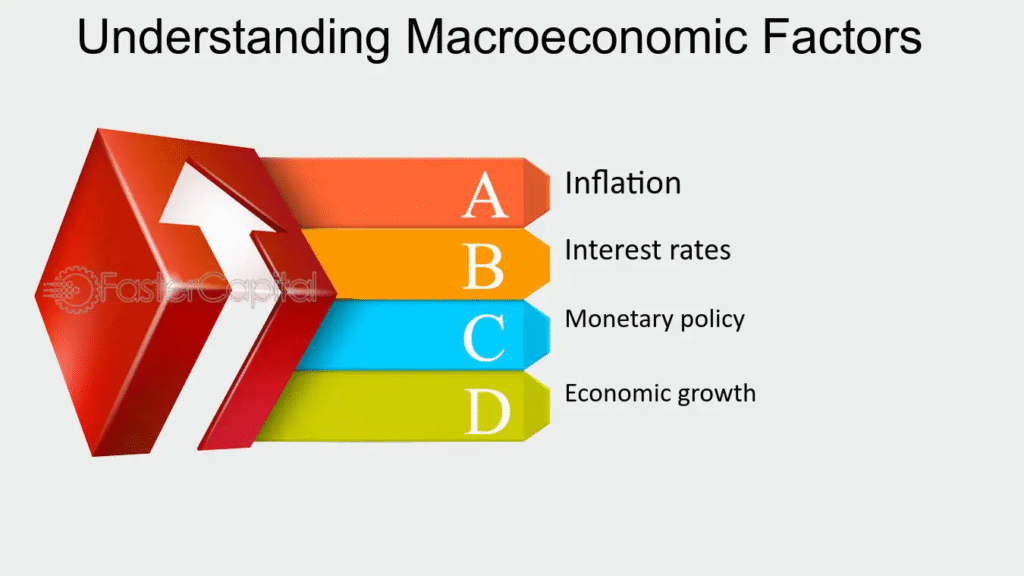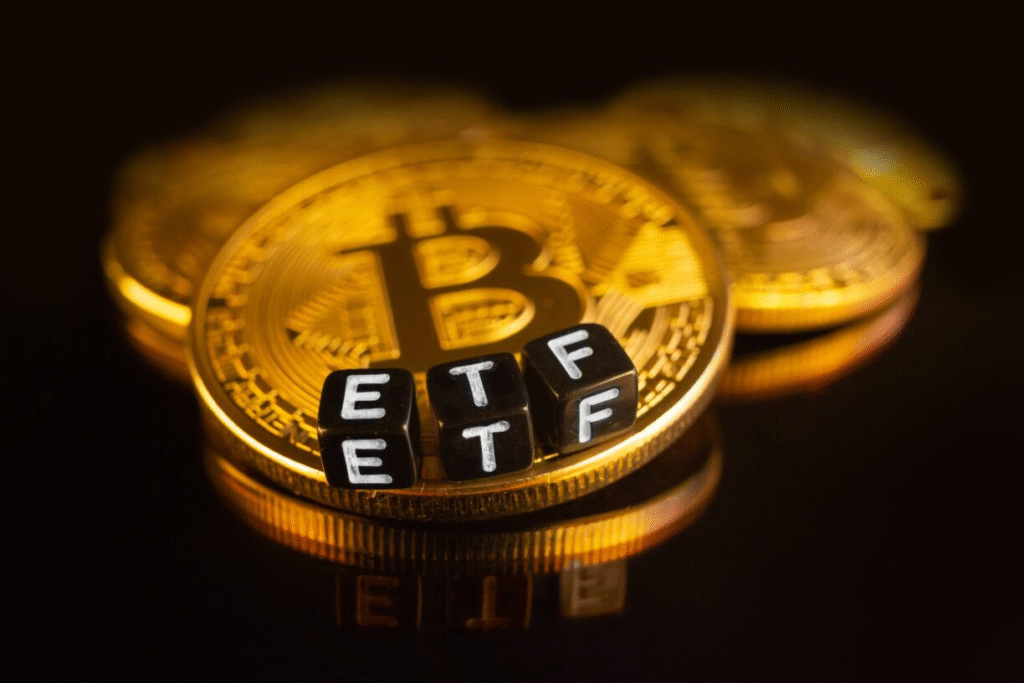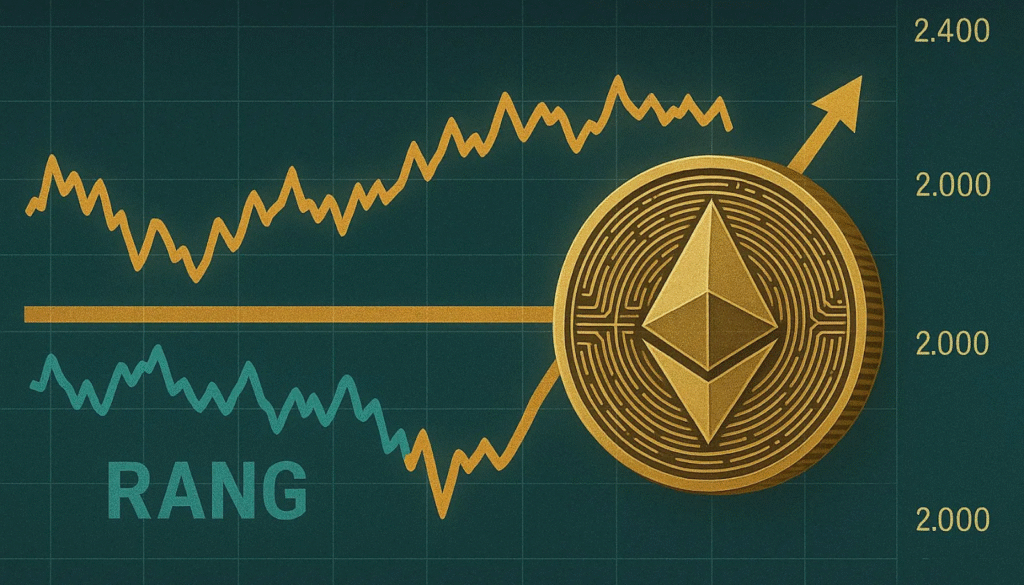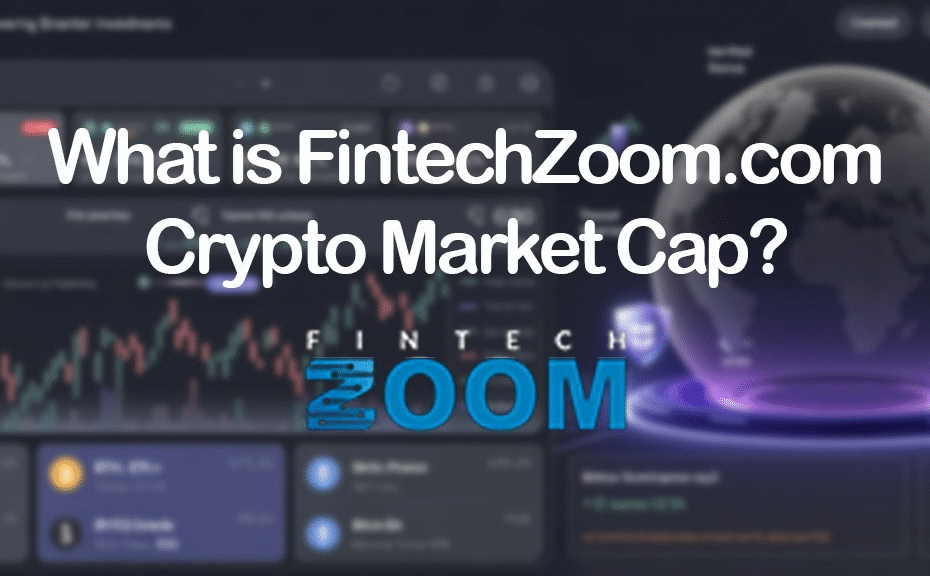The cryptocurrency market in 2025 remains as unpredictable as ever. Bitcoin, Ethereum, and altcoins continue to experience wild price swings. But what’s really causing this volatility?
In this FintechZoom.com crypto market analysis, we’ll break down the key factors influencing Bitcoin and altcoin prices. We’ll explore regulatory changes, macroeconomic trends, technological developments, and investor behavior.
By the end, you’ll understand why crypto prices fluctuate so much—and how to navigate this turbulent market.
1. Regulatory Uncertainty: Governments Crack Down (or Ease Up)
Crypto markets react strongly to government policies. In 2025, regulatory decisions remain a major driver of volatility.
Stricter Regulations = Market Drops
When countries impose harsh crypto rules, prices often plunge. For example, in early 2025, the U.S. SEC tightened rules on stablecoins. Bitcoin dropped 15% in a week.
Positive Regulations = Market Rallies
On the flip side, friendly policies boost prices. When Japan legalized Bitcoin ETFs in March 2025, BTC surged 20%.
Global Policy Divergence Creates Confusion
Different countries have different crypto laws. The EU’s MiCA framework supports innovation, while China still bans crypto trading. This inconsistency keeps traders on edge.
2. Macroeconomic Factors: Inflation, Interest Rates, and Recession Fears

Crypto doesn’t exist in a vacuum. Global economic conditions heavily impact Bitcoin and altcoins.
Inflation & Bitcoin as “Digital Gold”
When inflation rises, some investors buy Bitcoin as a hedge. In 2025, if inflation spikes again, BTC could rally like it did in 2021.
Interest Rate Hikes Hurt Crypto
High interest rates make safer investments (like bonds) more attractive. When the Fed raised rates in Q1 2025, crypto markets dipped.
Recession Fears Increase Volatility
If stock markets crash, crypto often follows. However, Bitcoin sometimes moves independently, adding to price swings.
3. Technological Upgrades & Security Risks
Blockchain innovations and security threats also move crypto prices.
Bitcoin Halving (April 2024) Still Affects 2025 Prices
The 2024 Bitcoin halving reduced mining rewards. Historically, this leads to a bull run 12–18 months later. Many expect a late 2025 price surge.
Ethereum’s Continued Upgrades
Ethereum’s shift to Proof-of-Stake (PoS) improved scalability. If ETH 2.0 upgrades succeed in 2025, altcoins could rally.
Hacks & Exploits Shake Confidence
Major exchange hacks or DeFi exploits cause panic sell-offs. A $500M hack in early 2025 briefly crashed altcoin prices.
4. Institutional Adoption: Big Money Moves the Market
Wall Street’s growing crypto involvement adds both stability and volatility.
Spot Bitcoin ETFs Drive Demand

Approved in 2024, Bitcoin ETFs brought in billions. If more institutions buy in 2025, prices could skyrocket.
Corporate Bitcoin Holdings Influence Prices
Companies like MicroStrategy hold huge BTC reserves. If they sell, prices drop. If they buy more, the market rallies.
Hedge Funds & Crypto Derivatives
Futures and options trading increases volatility. Big players betting against Bitcoin can trigger sharp declines.
5. Retail Investor Sentiment: Fear & Greed Rule the Market
Crypto is still driven by emotions. Social media and news headlines shape investor behavior.
FOMO (Fear of Missing Out) Pumps Prices
When Bitcoin starts rising, retail investors rush in. This creates short-term bubbles.
FUD (Fear, Uncertainty, Doubt) Causes Crashes
Negative news (like exchange bankruptcies) leads to panic selling.
Meme Coins & Speculative Trading
Tokens like Dogecoin and Shiba Inu still attract hype. Their wild swings spill over into the broader market.
6. Supply & Demand: Scarcity vs. New Altcoins
Bitcoin’s fixed supply contrasts with endless new altcoins. This dynamic impacts volatility.
Bitcoin’s 21 Million Cap Supports Value
Only 21 million BTC will ever exist. Scarcity helps long-term price growth.
Altcoin Inflation Dilutes Value
Many new tokens flood the market daily. Most fail, causing sudden price drops.
Staking & Locked Supply Effects
Some altcoins lock up supply via staking. This can reduce selling pressure—or cause crashes when unlocks happen.
7. Geopolitical Tensions & Crypto as a Safe Haven

Wars, sanctions, and economic crises push investors toward crypto.
Sanctions Drive Crypto Adoption
Countries like Russia and Iran use crypto to bypass sanctions. This increases demand.
Dollar Weakness Boosts Bitcoin
If the U.S. dollar loses value, Bitcoin often rises as an alternative.
Political Instability Triggers Volatility
Elections, protests, and conflicts create uncertainty—crypto reacts sharply.
Conclusion: How to Navigate Crypto Volatility in 2025
The FintechZoom.com crypto market outlook for 2025 shows continued turbulence. Key drivers include:
✅ Regulation – Watch for new laws.
✅ Macro Trends – Track inflation and interest rates.
✅ Tech Developments – Follow Bitcoin and Ethereum upgrades.
✅ Institutional Moves – Monitor ETF flows and corporate holdings.
✅ Investor Psychology – Avoid FOMO and FUD.
Volatility brings risk—but also opportunity. Stay informed, diversify, and never invest more than you can afford to lose.
For real-time updates, follow FintechZoom.com crypto market news.
FAQs: FintechZoom.com Crypto Market Volatility in 2025
Here are the most frequently asked questions about Bitcoin and altcoin volatility in 2025, based on our FintechZoom.com crypto market analysis.
1. Why is the crypto market so volatile in 2025?
Crypto remains volatile due to:
- Regulatory changes (governments tightening or easing rules).
- Macroeconomic factors (inflation, interest rates, recessions).
- Institutional trading (big investors moving markets).
- Retail investor hype (FOMO and FUD driving prices).
2. How does Bitcoin halving affect prices in 2025?
The April 2024 Bitcoin halving reduced mining rewards. Historically, this leads to a bull run 12–18 months later. Many expect a late 2025 price surge due to reduced supply and increased demand.
3. Will Ethereum’s upgrades reduce altcoin volatility?

Ethereum’s shift to Proof-of-Stake (PoS) and scalability improvements (ETH 2.0) could stabilize prices. However, DeFi hacks, new token launches, and meme coin trends still cause wild swings.
4. How do interest rates impact Bitcoin and altcoins?
- Higher rates = Crypto prices often drop (investors prefer safer assets like bonds).
- Lower rates = Crypto prices may rise (investors seek higher returns).
In 2025, the Federal Reserve’s decisions remain a key market mover.
5. Are Bitcoin ETFs making the market less volatile?
Yes and no.
- Pros: More institutional money brings liquidity.
- Cons: Big players can trigger sharp moves with large trades.
The 2024 Bitcoin ETF approvals increased stability but also added new volatility triggers.
6. Why do meme coins like Dogecoin still affect the market?
Meme coins are highly speculative. When they pump or crash, they:
- Drag altcoins along (investors shift funds quickly).
- Increase overall market fear/greed sentiment.
7. Can geopolitical tensions boost Bitcoin prices?
Yes. When wars, sanctions, or currency crises happen, investors often turn to Bitcoin as a hedge. Examples:
- Russia-Ukraine war (2022) → BTC surged.
- U.S. dollar weakening (2025) → Could push BTC higher.
8. How do crypto hacks impact prices?
A major exchange hack or DeFi exploit can cause:
- Short-term panic selling (prices drop).
- Long-term distrust (if security isn’t improved).
Example: A $500M hack in early 2025 briefly crashed altcoins.
9. Should I invest in crypto during high volatility?
Only if you understand the risks:
- Pros: Big price swings = profit opportunities.
- Cons: Sudden drops can wipe out investments.
Tip: Dollar-cost averaging (DCA) reduces risk.
10. Where can I track real-time crypto market trends?
For the latest updates, follow FintechZoom.com crypto market news and analysis.
